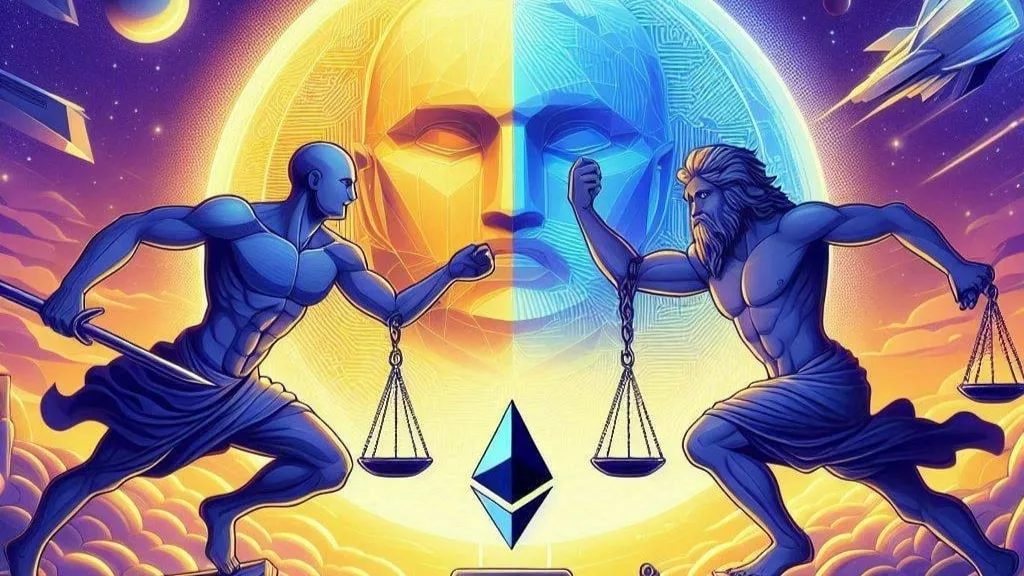
The rapidly evolving landscape of cryptocurrency, competition serves as a catalyst for innovation. At the forefront of this arena are Ethereum and Solana, two blockchain giants that have captured the attention of developers, investors, and users alike. Each platform brings its own unique features and advantages, making them popular choices for decentralized applications (dApps) and decentralized finance (DeFi). This article aims to provide a comprehensive overview of both blockchains, examining their strengths and weaknesses to help you make an informed choice.
Founded in 2015 by Vitalik Buterin and a team of visionaries, Ethereum has established itself as the pioneer of decentralized applications. It introduced the concept of smart contracts—self-executing agreements with the terms encoded into the blockchain—allowing for trustless transactions without intermediaries. This groundbreaking innovation has made Ethereum the second-largest blockchain by market capitalization and the leading platform for DeFi.
In 2020 by Anatoly Yakovenko, Solana quickly emerged as a serious contender in the blockchain space. Known for its high speed and low transaction costs, Solana is built for high-demand applications that require quick and efficient interactions.
When it comes to development environments, Ethereum and Solana take distinctly different approaches.
Ethereum Development Ecosystem:
Solana Development Ecosystem:
Both Ethereum and Solana have made significant strides across various sectors.
Decentralized Finance (DeFi):
Ethereum hosts major DeFi platforms like Aave and Uniswap, enabling users to lend, borrow, and trade cryptocurrencies directly. This eliminates the need for banks and traditional intermediaries, expanding access to financial services.
Solana caters to high-frequency traders with platforms like Mango Markets, allowing users to execute trades quickly and affordably, attracting a different user base.
Enterprise Solutions:
Ethereum’s robust ecosystem makes it ideal for enterprise applications in areas like supply chain management and healthcare. Companies like J.P. Morgan leverage Ethereum’s capabilities to create secure financial solutions, such as JPM Coin, which enables instant transactions.
Ethereum is well-regarded for its security and reliability. Its long history has resulted in a stable platform that continuously evolves to address emerging threats. A strong developer community actively contributes to its ongoing improvements, fostering a culture of transparency and innovation.
In contrast, Solana, while impressive in its speed, has faced challenges related to network stability. Since its inception, Solana has experienced several outages, raising concerns about its reliability. The team is working diligently to enhance its infrastructure to prevent future disruptions.
When deciding between Ethereum and Solana, consider your specific project needs. If you value security, a rich developer ecosystem, and a wide array of applications, Ethereum is likely your best option. Its established presence and strong support make it a trusted choice for various industries.
However, if your project requires high transaction speeds and low costs, especially in areas like gaming or high-frequency trading, Solana could be the more suitable platform. Its innovative architecture allows it to handle demanding use cases effectively.
Both Ethereum and Solana are pivotal players in the blockchain landscape, each offering unique benefits. Ethereum’s established ecosystem, security features, and broad developer support make it a trusted platform for many applications. On the other hand, Solana’s impressive speed and low transaction fees position it as an attractive alternative for projects focused on high throughput and efficiency.


Get the latest Crypto & Blockchain News in your inbox.